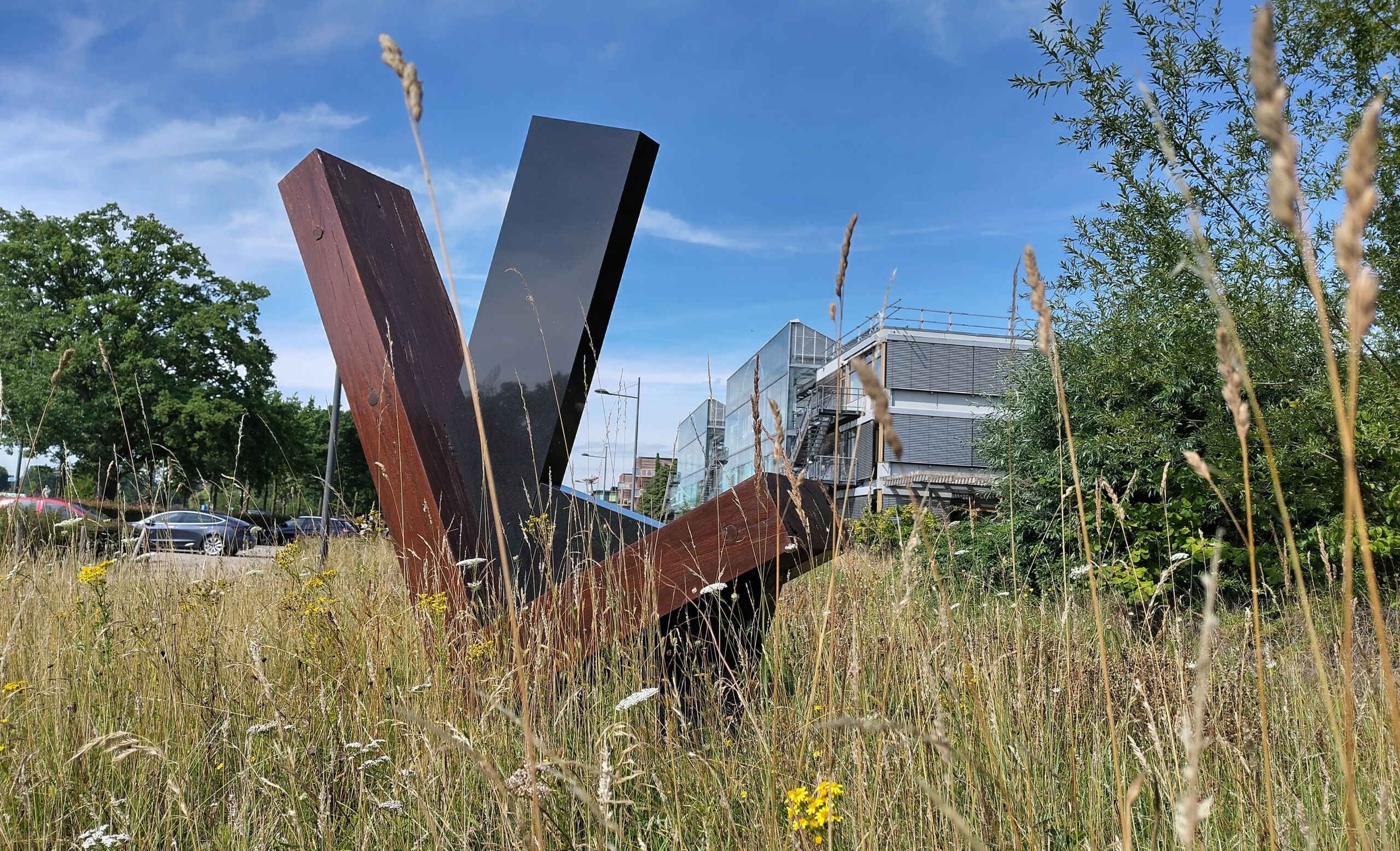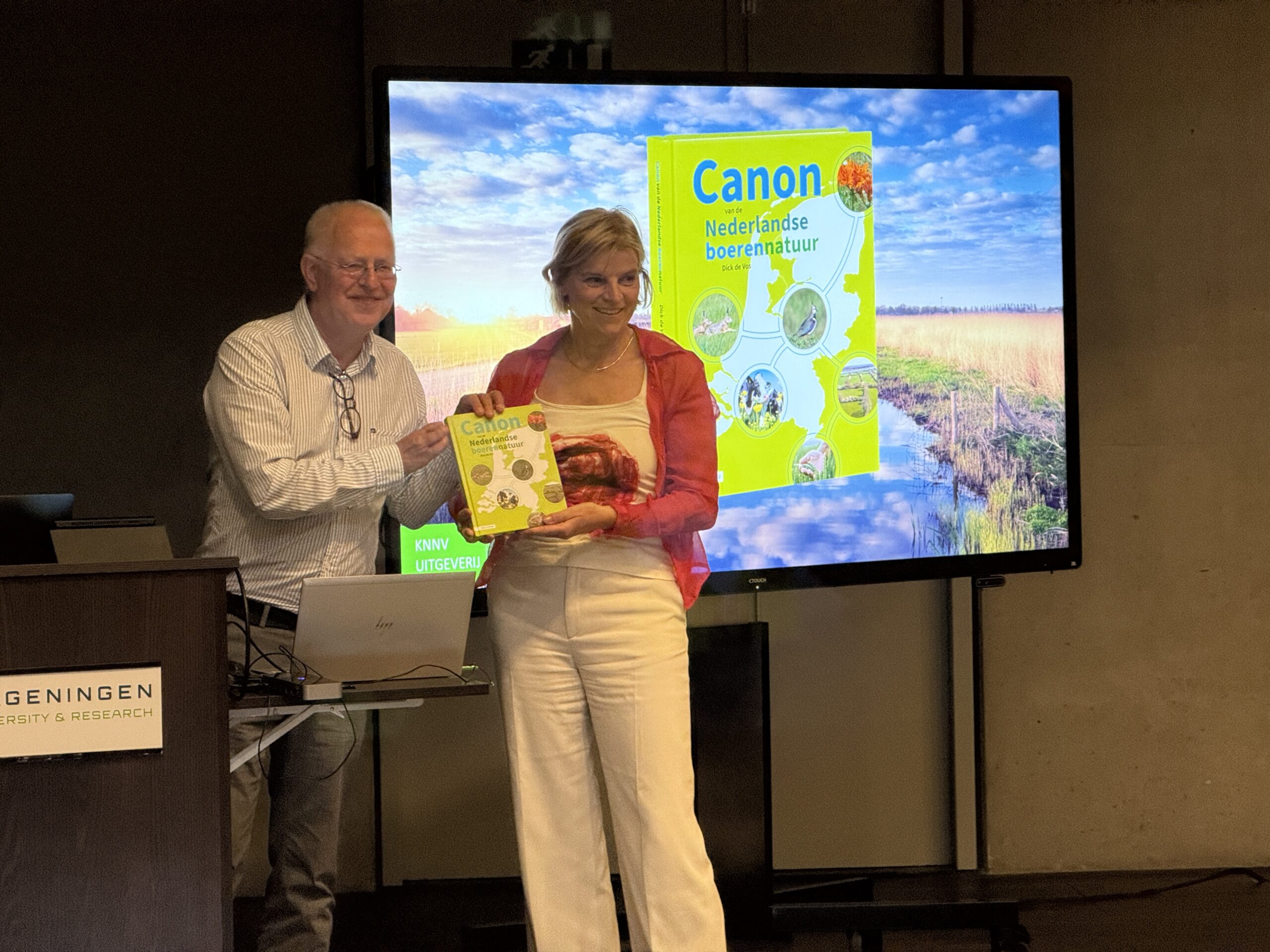Although counting stops at 3 p.m. on Friday, WUR is no longer in competition with the other universities for life sciences. The German Hohenheim University takes first prize for having determined 1840 species. Leuven (Belgium) comes in second with 1430 species, making WUR third. A total of fifteen European institutes for higher education joined the competition.
‘It’s not about winning at all’, states biodiversity figurehead Liesje Mommer, who is behind the Wageningen BioBlitz. ‘Seeing everyone’s enthusiasm in searching for species is fantastic. I see groups of students search all over the campus. And we will definitely win next year.’
Seeing everyone’s enthusiasm in searching for species is fantastic
Liesje Mommer, professor of Subterranean Interaction
The species competition is a somewhat unusual phenomenon, as the participating campuses are very different. Hohenheim’s grounds, for example, have a large forested area, which is reflected in the number of moths registered: 328. That is double the number recorded in Wageningen. Leuven’s campus covers the entire city.
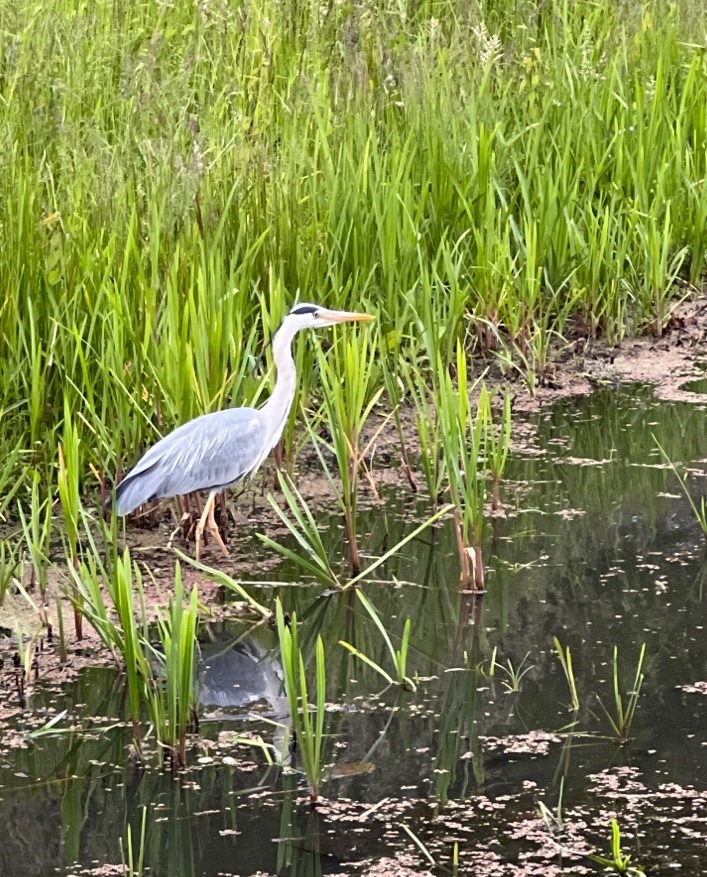
The international challenge was initiated by rector magnificus Arthur Mol. He presides over the Association for European Life Sciences Universities (ICA). Fifteen of the 51 affiliated universities join the competition. In the Netherlands, WUR is joined by Van Hall Larenstein university college and Avans. Mommer hopes for more. ‘If it were up to me, all of the knowledge institutes in the Netherlands would join next year.’
Hotspot
The total of over 1300 species is well over the target of 1000. However, the campus has not suddenly become a biodiversity hotspot. An average square kilometre of nature in the Netherlands will easily yield 1000 species, other BioBlitzes on the waarneming.nl website show.
To celebrate WUR’s 105th anniversary, the campus is opened to all of Wageningen on Saturday1 July. Visitors can stroll on the grounds to see the biodiversity for themselves. There are field trips on insects, birds, different types of water, green roofs, sustainable campus, soil life, tropical crops, food forests, macro-photography and gardening.
A sample from Wageningen’s harvest.
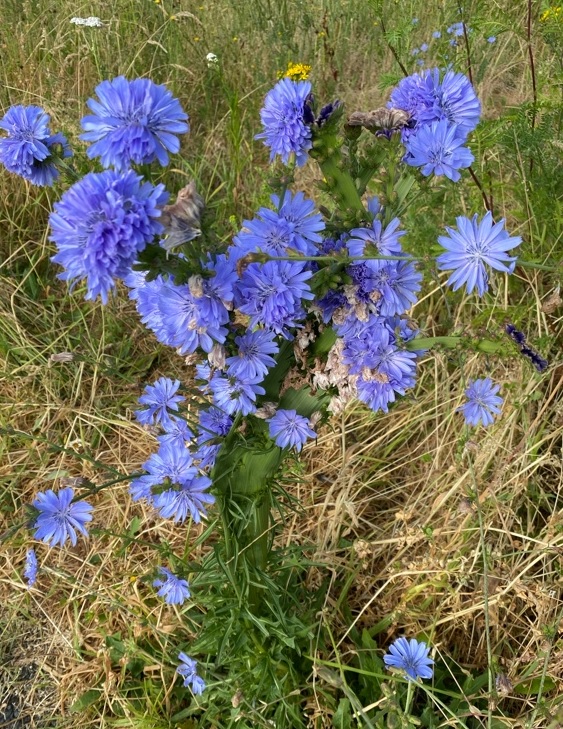
Common chicory (Cichorium intybus) The bright-blue flower is easily spotted and is found in large numbers. ‘Sander’ took this photo on Droevendaalsesteeg.
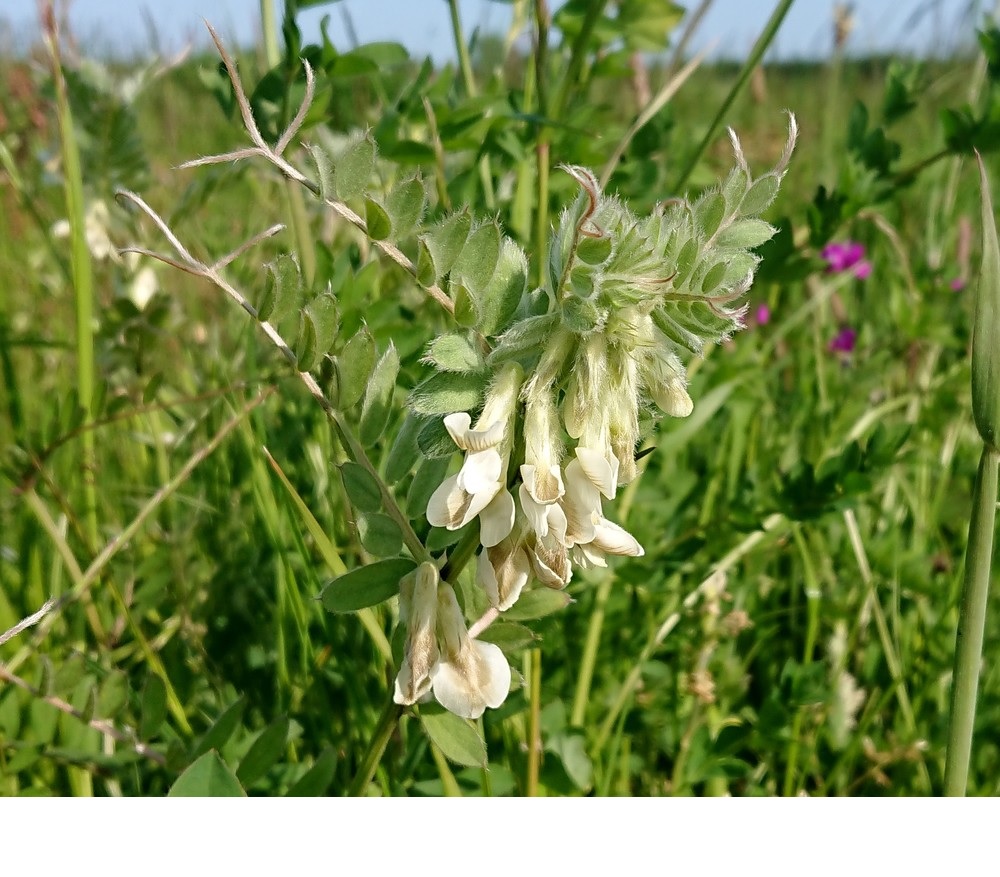
Hungarian vetch (Vici pannonica) The 2023 BioBlitz revealed 28 rare plants including this Hungarian vetch, which Martijn van Sluijs found on Kielekampsteeg.
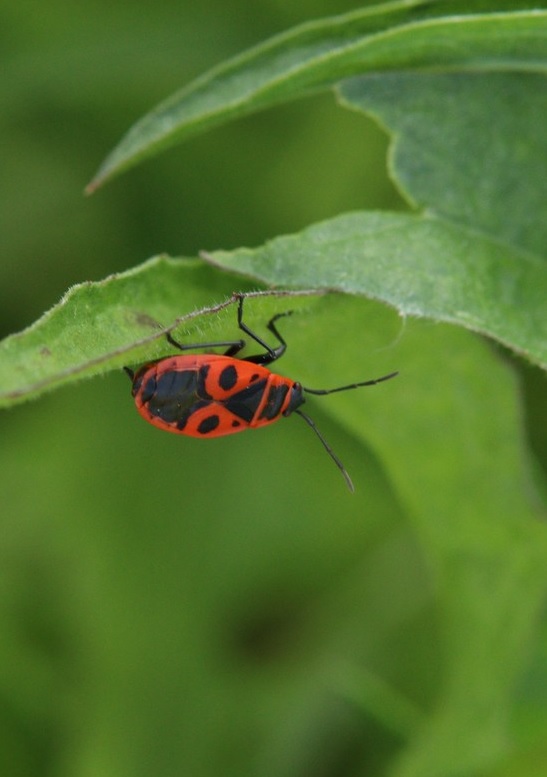
Firebug (Pyrrhocoris apterus) The firebug is a species that is easy to recognize. This one was spotted by ‘Jolijn’ near Vitae.
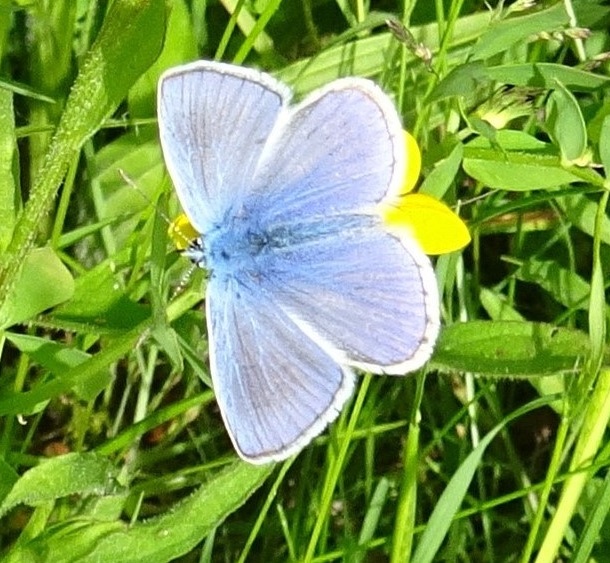
Common blue (Polyommatus icarus) The list includes 18 butterflies, with this one spotted by no fewer than 89 people. This photo by Roel Hoekstra is from the small pond next to Lumen.
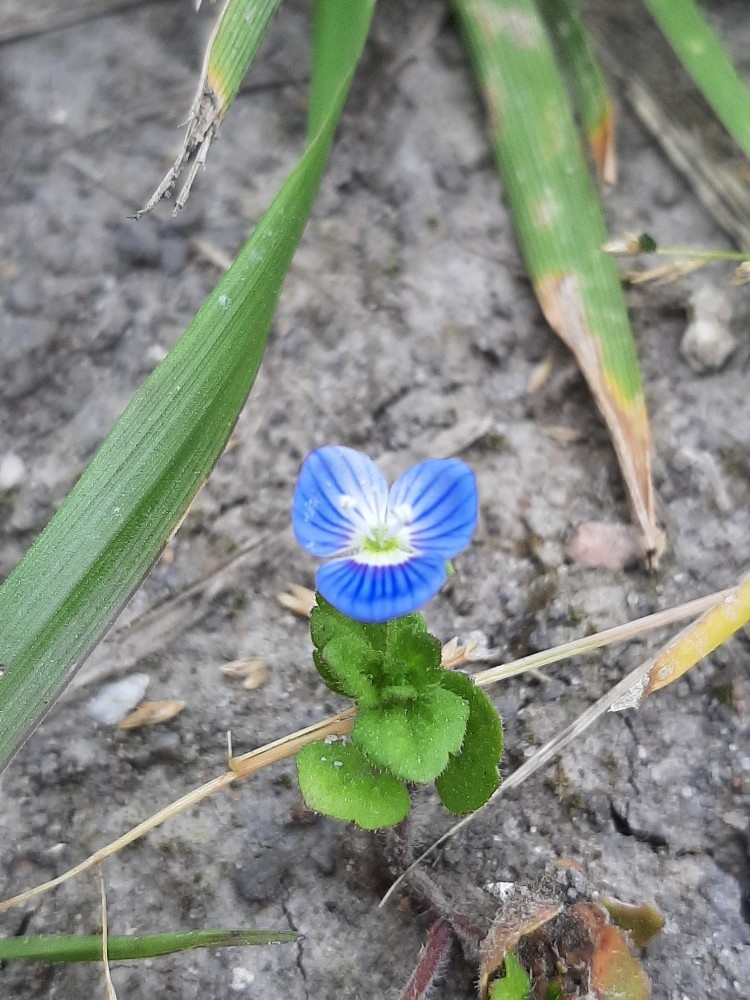
Field speedwell (Veronica persica) WUR’s satellite locations also joined the search. Marianne Noordam found this lovely flower at the Greenhouse Horticulture site in Bleiswijk.
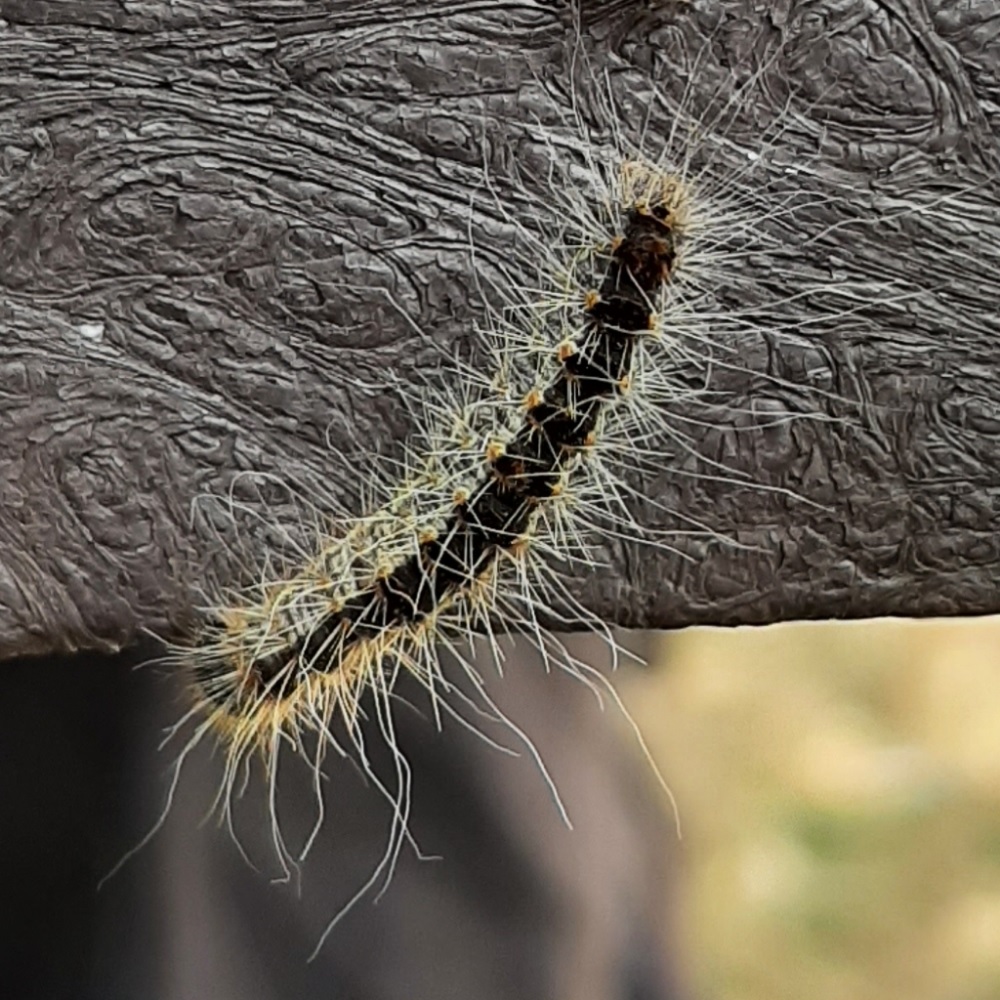
Oak processionary caterpillar (Thaumetopoea processionea) Some species we’d rather not have, but this caterpillar still counts. Photo ‘Roghorst’.
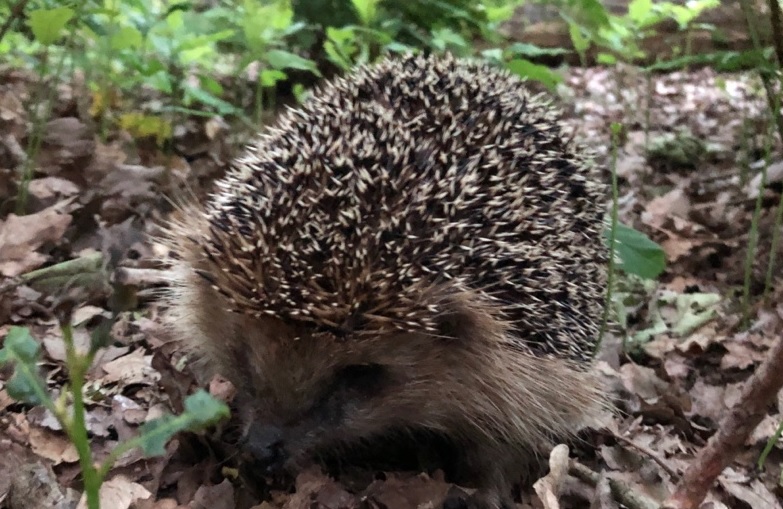
Hedgehog (Erinaceus europaeus) Dassenbos means ‘badger wood’ but it doesn’t actually have any badgers. However, it does have hedgehogs, like this one spotted by Gijs Koomen.
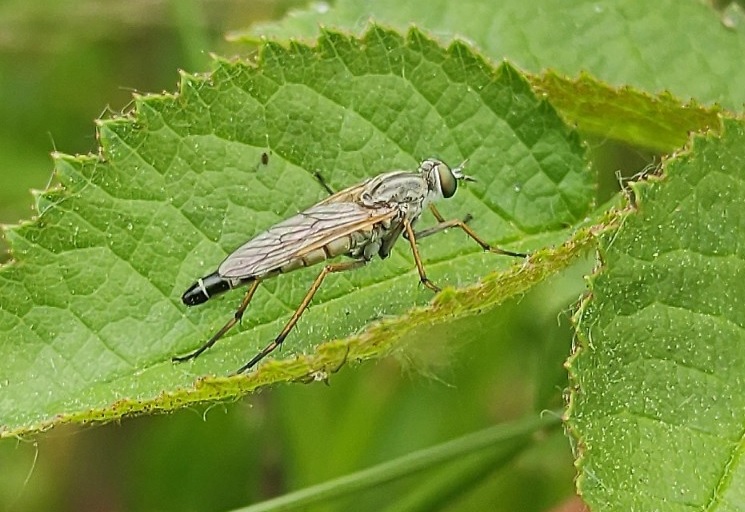
Cliorismia ardea Some species have to make do with their scientific name. That includes this fly, a member of the Therevidae family. It was seen near the Lumen pond by Ties Kemme.

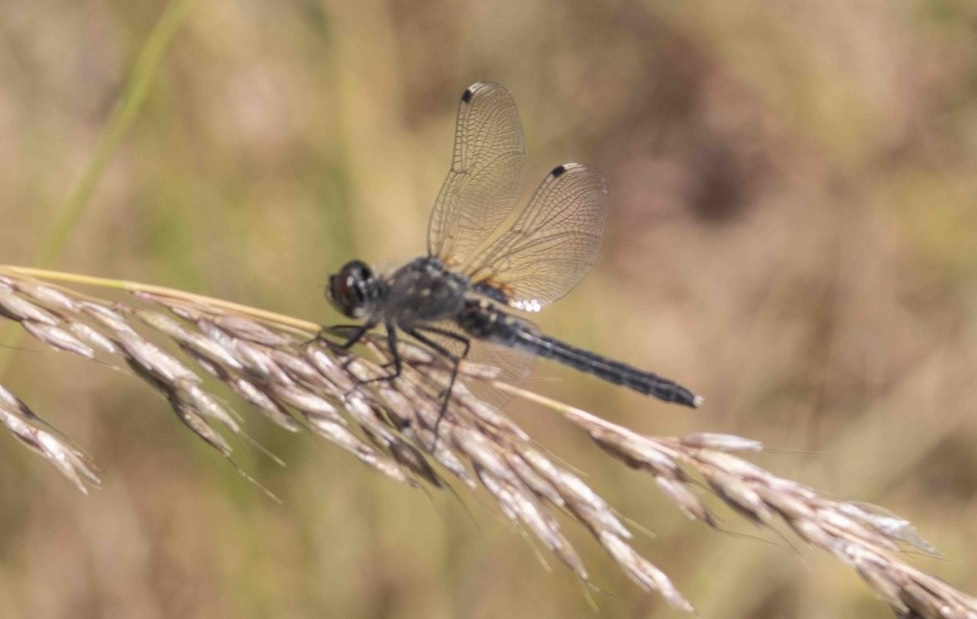 Dark whiteface (Leucorrhinia albifrons) The search has turned up five extremely rare species, one of which is this dragonfly. The spotter is keeping the location a secret. Photo ‘anonymous’
Dark whiteface (Leucorrhinia albifrons) The search has turned up five extremely rare species, one of which is this dragonfly. The spotter is keeping the location a secret. Photo ‘anonymous’ 